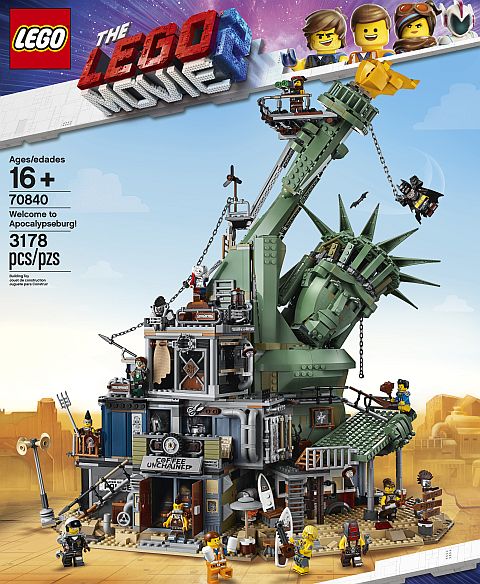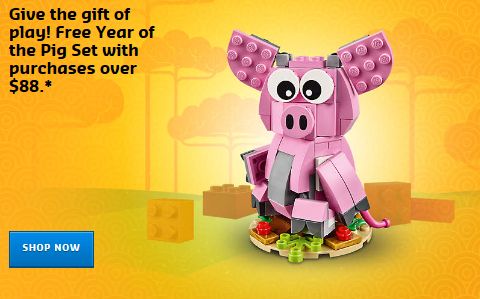At the beginning of the year, LEGO released the latest in the LEGO Creator Modular Buildings series, the #10264 LEGO Creator Expert Corner Garage. The set has gotten mixed feedback ever since it was first revealed. Some LEGO fans really like that it matches the 1950s architectural style of the #10260 LEGO Creator Downtown Diner. Both sets are outliers compared to the previous buildings, but they do look great together. Others feel that the new set is too simple on the outside and too boring on the inside. In addition, there has been a significant price increase compared to the previous sets in the collection, which wasn’t a welcome change either…
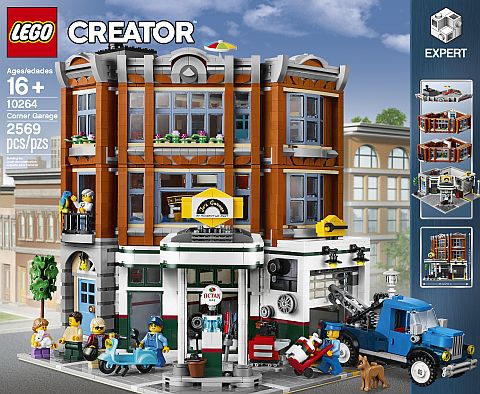
When in doubt about a LEGO set, it is a good idea to spend some time reading and watching reviews before making a final decision. Those who built the set already can point out nuances that are important to teen and adult LEGO fans (advanced building techniques, building experience, display value, investment value, parts-selection, etc.) and may have not been mentioned in the official description and designer-video. Speaking of designer-videos, you can watch the designer talk about the set here, and below, I have included both the speed-build and the full video-review by JANGBRiCKS.
JANG is a highly respected reviewer in the LEGO fan community, carefully walking you through all features of a LEGO set. Recently, he also started a second YouTube channel with speed-builds of the sets that he reviews on his main channel. The speed-build videos can give you a sense of the building experience, although you might not want to watch them if you don’t want to spoil some of the delightful surprises that come with building a LEGO set the first time.
As you can see JANG’s review on this set is also mixed, pointing out the same plusses and minuses that were mentioned above. On the positive side, the colors, parts-selection, and some of the building techniques are very nice. Although the building is simple, it does have a nice shape and some pleasing details. On the negative side, the interior is lacking in detail, the layout is not the most logical, and the price is high. I agree with JANG, that if you like how the set looks from the outside and you can envision it in your LEGO display, then go for it. If you don’t like the outside, you probably won’t like the inside either, although you may still consider the set for parts-selection.
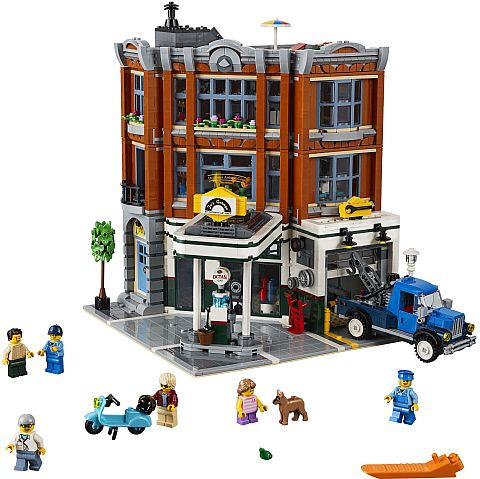
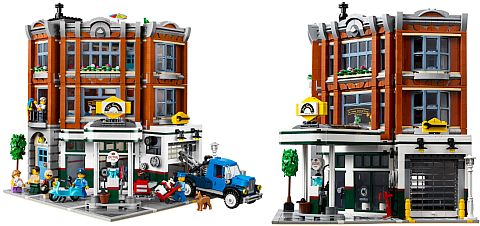
Here is the official description with more details: Discover surprises on all levels at the Corner Garage! Drop by the #10264 LEGO Creator Expert Corner Garage, where you’ll discover a world of fun and surprises! This amazing model comes with removable building sections for easy access to the highly detailed interior and comprises three stories. On the ground level there is a 1950s-style gas station with fuel pump, kiosk and a vehicle workshop complete with a roll-up door, vehicle lift and tire mounter. At the mid-level animal clinic, you’ll find an examination table, fish tank, and a waiting area with sofa, while on the upper level you’ll discover a well-equipped apartment with kitchen, TV, sofa, bed and a staircase that leads to a rooftop terrace with sun lounger, parasol and flower garden. The exterior of the building features a classic 1950s facade with signage, detailed windows and a decorative roofline, plus a sidewalk area with a tree and an ornate streetlamp. This charming addition to the LEGO Modular Building series has been designed to provide a challenging and rewarding building experience full of nostalgia. Includes a scooter, a tow truck, and 6 minifigures: gas station owner, mechanic, vet, woman, man, and a girl, plus bunny, parrot, dog, frog, and fish. Measures over 12” (32cm) high, 10” (26cm) wide and 9” (25cm) deep. 2,564 pieces – BUY HERE
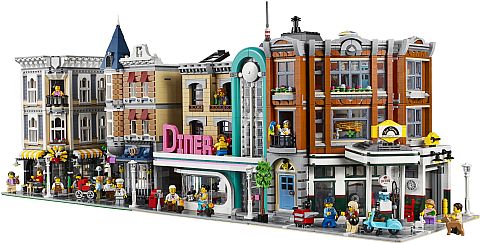
The #10264 LEGO Creator Expert Corner Garage is available directly from LEGO via official LEGO stores and the Online LEGO Shop. Prices are as follows: US $199.99 – CA $269.99 – DE 179.99€ – UK £159.99 – FR 189.99€ – DK 1,499DKK – AU 299.99 (Euro pricing varies by country). For more details, and the find the other currently available LEGO Modular Buildings, visit the LEGO Creator section of the Online LEGO Shop.
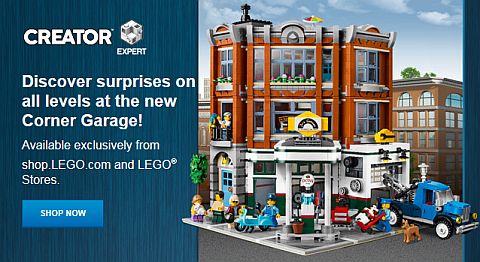
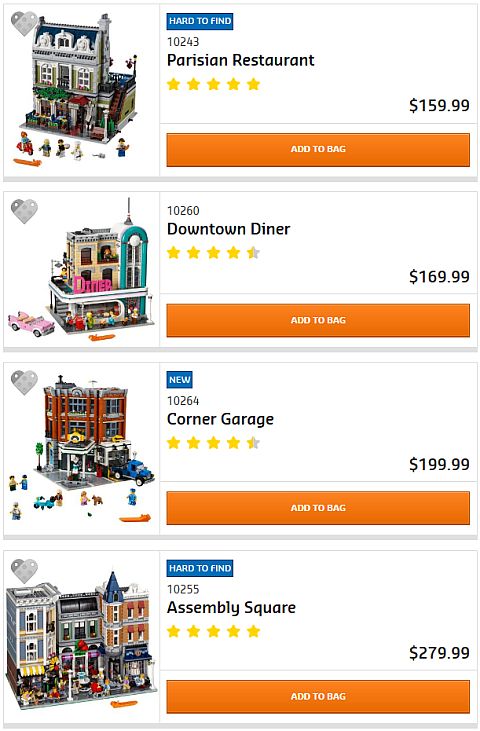
What do you think? How do you like the #10264 LEGO Creator Expert Corner Garage? Did the video-review and speed-build help you make a decision about adding the set to your collection? Feel free to share your thoughts and discuss in the comment section below! 😉
And you might also like to check out the following related posts:



